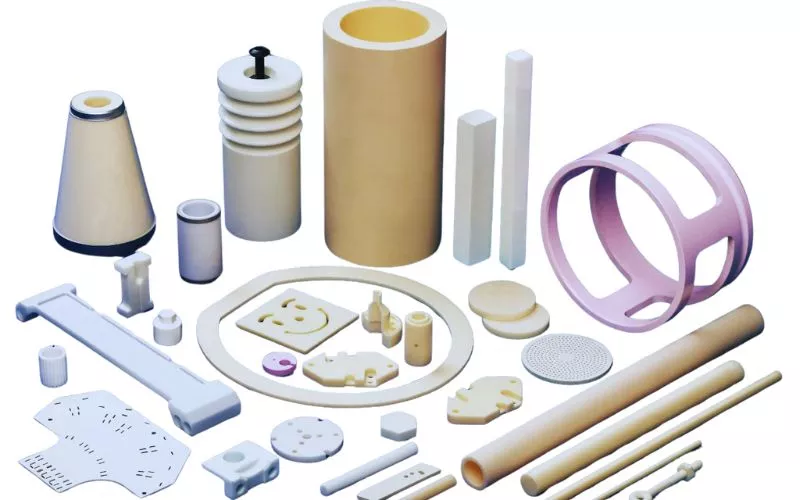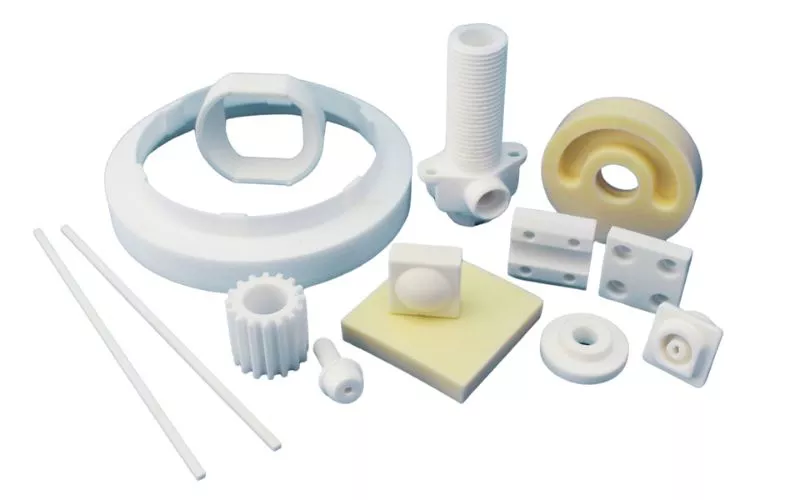Ceramic materials play an important role in improving the performance of electronics, especially semiconductor manufacturing. Selecting the right material for the substrate greatly affects the efficiency and life of semiconductor devices. This article focuses on the role of alumina substrates in semiconductor applications and their advantages, key characteristics and why they are gaining popularity in the industry.
What Are Alumina Substrates?
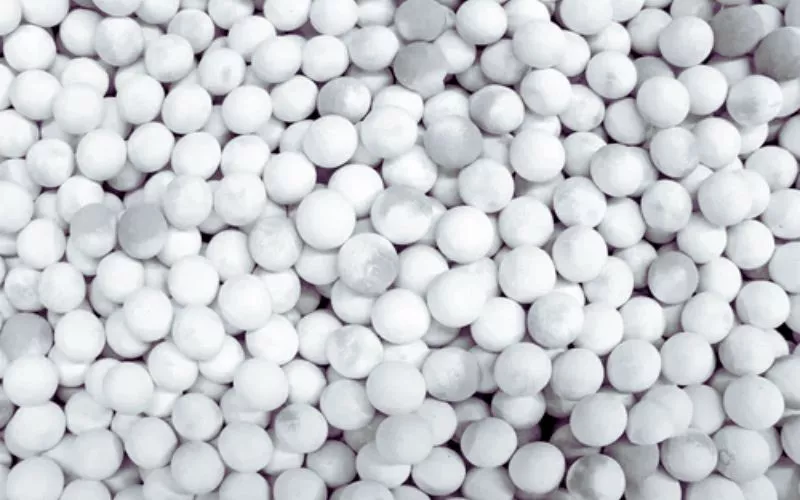
Alumina substrates are widely used in electronics as thin plates made from aluminum oxide (Al₂O₃) due to their great mechanical and electrical properties. These substrates are formed by heating alumina powder and casting it into a mold. Alumina is highly pure, often around 96% to 99.9%, which increases its electrical insulation and strength.
This outstanding purity allows the use of alumina in semiconductor applications which require high performance and excellent durability. Imagine alumina substrates as the strong base that allows electronic devices to function flawlessly while providing stability, protection, and exceptional electrical performance.
The most important features of the alumina
Why are alumina ceramic substrates unique when compare to other materials? We highlight features most relevant to the manufacture of semiconductors:
Strength and durability
Surprisingly, alumina ceramic substrates have a very high strength.
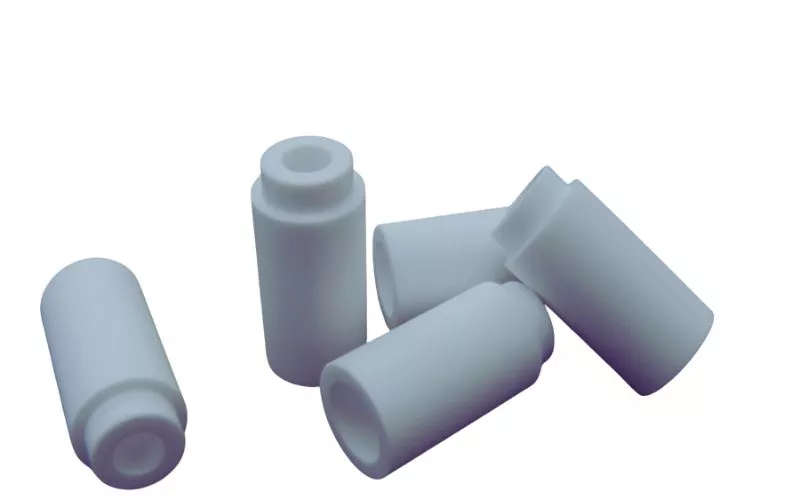
Bending strength is over 300MPa, and hardness is close to 15 GPa. This means that it can withstand the stress and strain exerted by semiconductor devices.
Electronic elements require reliable structural support which does not fracture or fail under dynamic and static loads during its cycle of operation. Alumina provides good support during long static and dynamic processes. Under extreme conditions, materials offer enduring performance.
Heat Resistance
Do you need materials that can handle a lot of heat?Alumina substrates can withstand high temperatures of 1750 ° C, while other materials can melt or break at lower temperatures.
Heat resistance is very important in semiconductor applications. Several electronic processes create substantial amounts of heat. Components need stable substrat which supports reliable attachment at elevated temperatures. Alumina provides you this stability.
Electrical Insulation
Alumina with 12kV/mm of insulation resistance ensures that electricity only flows where it’s needed. This characteristic is vital for sophisticated semiconductor circuits where deficiency or precision is critical.
The best electrical insulation saves the device from short circuits and failure. It allows an electronic part to perform as intended without any disruption. Today’s devices incorporating advanced semiconductors, require Alumina’s insulating properties, and it surely does not disappoint.
Chemical Resistance
Alumina withstands the majority of acids and bases. Such integrity is beneficial in the context where semiconductor devices are exposed to a cocktail of chemicals.
Alumina’s chemicals have striking lasting durability against harsh chemical exposure, so your devices do not quit performing and degrading while being chemically bombarded.
Energy Efficiency
When it comes to the dielectric loss of alumina substrates, the figures are astonishingly low; at merely 1 MHz, loss is only 0.0002. As a result, almost zero energy is lost when the device is functioning.
An increase in energy efficiency translates to reduced power usage and lower heat emissions. Semiconductors equipped with Alumina substrates operate with lower temperatures and greater efficiency, enhancing their performance and longevity in the process.
Exact Fit for Your Needs
Alumina substrates can be tailored, polished, and cut to any specification, perfect for unique requirements.
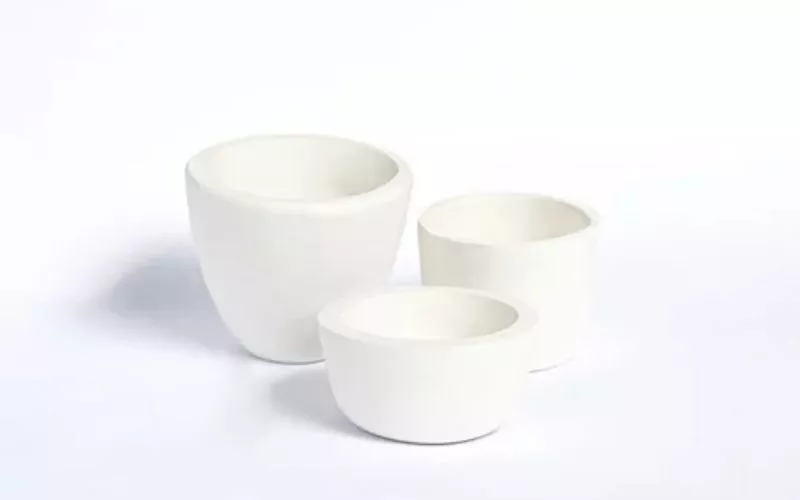
Need a certain texture or size? Alumina makes it easy to get just what you need.
These functionalities allow you to design semiconductor applications for your specific requirements. From standard products to specialized components, alumina substrates are flexibly designed to suit your needs.
How Alumina Compares to Other Ceramics
Let’s see how alumina stacks up against other ceramics commonly used in the semiconductor industry:
|
Ceramic |
Max Temp (°C) |
Thermal Conductivity (W/mK) |
Dielectric Strength (kV/mm) |
Mechanical Strength |
Chemical Resistance |
|
Alumina |
1600-1750 |
25-45 |
12 |
High |
High |
|
Aluminum Nitride |
1200 |
170-230 |
15 |
Medium |
Medium |
|
Silicon Carbide |
1900 |
120 |
10 |
High |
High |
|
Zirconia |
1000 |
2-3 |
10 |
Very High |
Medium |
The comparison suggests that alumina substrates strike good balance of these properties. They have high strength, good thermal conductivity, electrical insulation, and reasonable cos
Some materials might be exceptional in one aspect at the cost of others, but alumina gives superb overall value. It is cheaper than other variants like aluminum nitride and silicon carbide, yet sufficiently serves almost all semiconductor applications.
Applications of Alumina
In semiconductor production, you cannot afford to have unreliable processes. Here is where alumina stands out:
Most Frequently Used
-
IC Packaging: Shields integrated circuits throughout the assembly process.
-
Power Electronics: Manages high levels of current while dissipating heat from hot parts.
-
LEDs: Improves the performance and durability of LEDs.
-
Sensors: Ensures measurement accuracy in difficult environments.
More Benefits
While paying less for alumina, you get stronger mechanical properties and higher resistance to heat when compared to aluminum nitride. Alumina satisfies the majority of technical requirements for most applications without charging extra.
Real Performance Benefits You will Notice
This is what you stand to gain with alumina ceramic substrates:
Handles High Voltage
Your alumina substrate can withstand breakdown voltages higher than 12kV/mm which is ideal for circuits requiring high voltage and surge protection.
Fewer failures during electrical operations means your semiconductor devices will be reliable under various environmental conditions.
Uses Less Energy
Lower dielectric losses can save power, generate less heat, and make your devices run more efficiently.
Everyone appreciates lower electricity expenses and improved system performance, right? You get both.
Keeps Everything Cool
Alumina thermal conductivity between 25-45 W/mK. It helps move heat away from critical components, preventing overheating that can harm the performance of devices.
Although not known for overheating, alumina is Suitable for most applications. Materials are kept at safe temperatures without the usage of more expensive materials.
Works Well With Common Metals
Alumina substrates bond well with gold, silver, copper, and palladium, the materials that you already use in circuit manufacturing. This facilitates easier processing and improves Bonding.
In addition, fewer defects during machining will be possible. Your semiconductor parts are reliable and withstand numerous service cycles.
Stands Up to Tough Chemicals
Alumina components have strong resistance to corrosion, enabling them to tolerate harsh chemicals.Even during tough manufacturing, your semiconductor parts sustain performance.
If you use cleaning agents and treatment chemicals during manufacturing, it is critical that alkali-soluble alumina be used to ensure uniform quality and dependable chemical resistance.
What’s Coming Next for Alumina
The industry is always changing in terms of ceramic materials.
Smaller Particles, Better Performance
Research and development of nanostructured alumina substrates is leading to more reliable products. These substrates have smaller particle sizes, which improve their properties.
Even better substrates with improved thermal management and electrical properties for intricate applications may be available in the future.
Mixed Materials for Special Needs
Combining ceramics like Zirconia and Alumina creates mixed materials for special needs which come in handy for users with tailored requirements.
Some suppliers offer custom-made mixed ceramics that are perfect for specialized applications. These materials are tailored to meet your specific needs.
Greener Manufacturing
Alumina GGS ceramic is one of the many companies that focus on sustainable methods to manufacture alumina. These processes of using clean methods and recycling waste lead to making greener substrates.
This improves the overall quality of materials while reducing environmental damage which is beneficial for your products as well as the planet.
Supporting Future Tech
Advanced substrates will be required more frequently as AI technology and quantum computing become the newest trends. supporting these modern technologies is easy with alumina which will still be available.
With its ability to manage tightly packed circuits, it becomes ideal for use in next generation devices.
Finding the Right Supplier
When selecting an alumina substrate supplier for your semiconductor fabrication services, pay attention to the following areas:
Importance of Quality Control Procedures
Look for suppliers who have defined quality control measures. A top notch manufacturer performs dimensional verification, surface validation, and material checks before shipment.
Such quality control ensures obtaining a consistent board that aligns with the required specifications. Improved control over substrate quality improves the performance of the semiconductor while reducing the problems encountered during manufacturing.
Custom Support
Suppliers who offer assistance regarding material selection and application problems should be prioritized. Experts tend to know which base material will work best for logically defined specifications.
Comprehensive technical assistance eliminates time and expenditure related to errors. In years to come, the semiconductor industries will maximize the use of alumina substrates through the cooperation of competent technical professionals.
Personalized Capabilities
Identify a seller who has the ability to provide specific tailored measurements, specific thickness, and specialized surface finishes. The board may need to be adjusted to further tailor it to a semiconductor application.
Modification of surface characteristics will enable provision of exceptional requirements the application dictates. The noted flexibility will greatly assist in achieving optimal performance while enhancing production effectiveness.
On-Time Delivery
Choose a vendor who has reliable delivery schedules and can meet the output requirements. The entire manufacturing process will stop if there is considerable delay in the delivery of the substrate.
Controlled delivery ensures appropriate material availability which allows for unmanned production to occur. We can meet our customer delivery commitments, and production targets consistently.
Conclusion
In comparison with other materials used in semiconductor manufacturing, alumina ceramic substrates offer remarkable mechanical, electrical, and chemical properties at relatively lower prices. In terms of improving efficiency and lifetime of semiconductor devices, alumina substrates are the best choice.
Ready to take your semiconductor applications to the next level? Contact us now for customized alumina substrates tailored to your needs.
